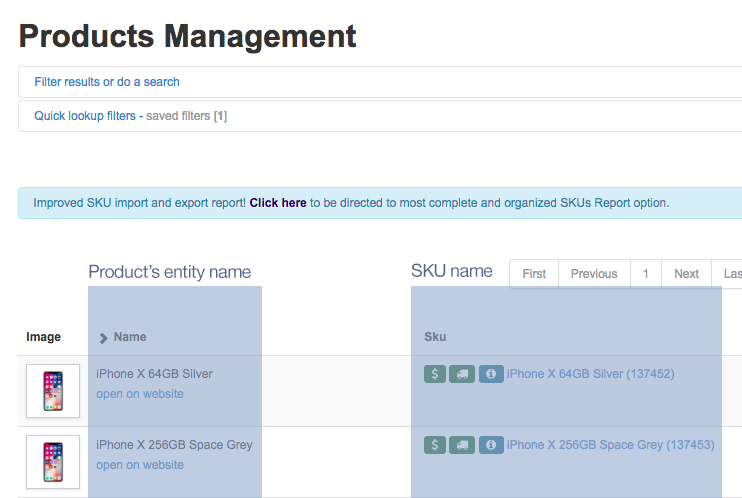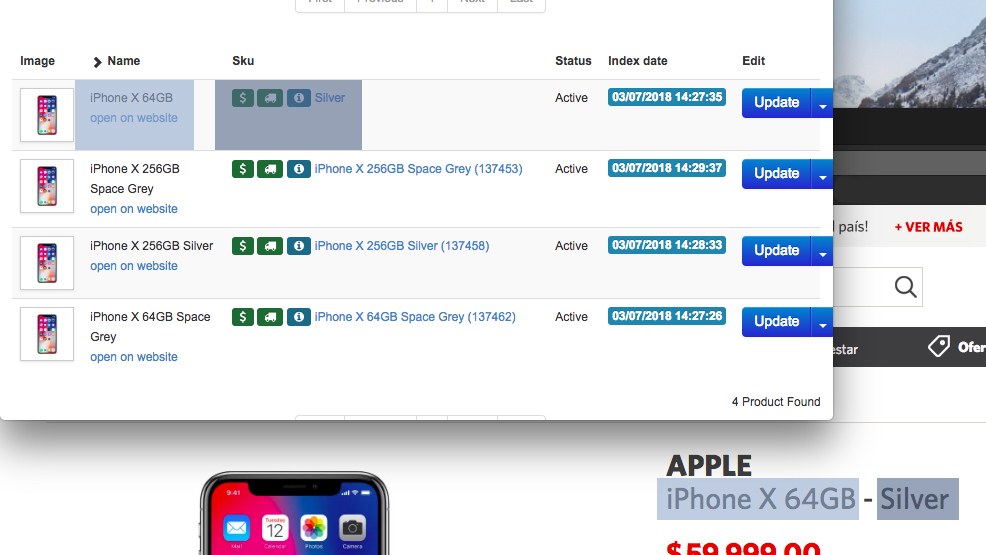I'm selling two newest iPhone, Space Gray color, both with 256 GB of capacity. When I bought them I wasn't sure about getting the 64 GB version or the bigger one, but I made up my mind in favor of the 256 GB version and I'll tell you why it was a great decision.
Last year I went on a family trip with my mom and sister to a Brazilian beach where cellular signal wasn't available all the time, meaning LTE was a luxury, and also finding WiFi was a Tom Cruise's "Mission Impossible" remake possible plot.
In this scenario, the idea of today's about everything being in the cloud and not in the physical devices was a no go for me.
The trip was beyond great. I spent a lot of time in the water with my sister trying to record the best slow motion videos: sometimes trying with just the water, sometimes filming the sand to see if that improves the video, then letting my sister try some tricks in front of the iPhone camera over and over again until we get something good.
At the end of the day we ended up with many many GB of videos, and a job not done yet. Before dinner, all nights, and most of the times waiting for our mom to get ready, we selected the best shots in order to create a video, cinematic music included, to show to mom as if we were two Directors showing the final cut of a Hollywood movie to a film criticism.
The other phone, while exactly the same, it was just used for some work stuff. It's a great device for reading emails, writing emails, and taking notes.
The difference lies in the emotions
While both are the same technical speaking, they are not the same emotionally speaking. If I still need to prove my point I'll will continue telling you fake stories including a beach, a mom and a sister until your eyes get wet and you rip this phone out of my hand while letting me keep the one used for work... because that's the whole point.
I know it's very obvious I'm appealing to your emotions in the last story, but the true is that we're all victims of this trick in a regular basis.
Think about it. Think about the last time you bough something on Amazon, eBay or Mercado Libre, when you searched for a product you already knew, ended up with three or four browser tabs with similar publications of the same product, different price within a short range, and then you made a decision from where to buy based on not much logical data but confidence on the seller, the aspect of the website, the fact that one had a better description with a video of real people using the product, the fact that one had reviews from previous buyers.
Think in Coke showing a couple jumping of a cliff into a lake, McDonald's showing a single mom with his kid laughing while eating fries, a perfume showing a good looking guy with three Victoria's Secret angels.
I remember a local ad I often see on TV showing a divided screen where on the left you can see a cute lady getting ready to go out on a sunny day, and on the other side a big man wearing a hood and preparing his tools to break into the house of this lady the moment she step out. There you have the victim, the villain, the conflict... and the hero? A trustworthy armored door at an accessible price.
And Apple?, oh, boy, those guys really know everything about selling feelings instead of products. I remember during an Apple's Keynote somebody, probably Tim Cook, introduced "Live Photos" (you know, that feature that records a few seconds before and after an static photo) and said something like "This feature allows you to see a photo, gently press on the screen, and get a sneak peak of what was going on during the shot of that static image".
A time machine that shows you 3 seconds of video and audio around the static shot. Right in the feels.
What you're selling is a hero
Your product, service, software... whatever is the thing you're selling, it can be the hero of a story. A story where there's a problem your potential customer has.
The problem is the villain in the story you need to start telling. It can be pretty obvious like in the ad for the armored door, or very subtle like in the McDonald's ad where they tell that they know how hard it is to being a single mom but still you can come upon great moments with your son in their stores.
Spot the villain, disclose the problematic, then introduce the hero to your customer so they lived happily ever after.





